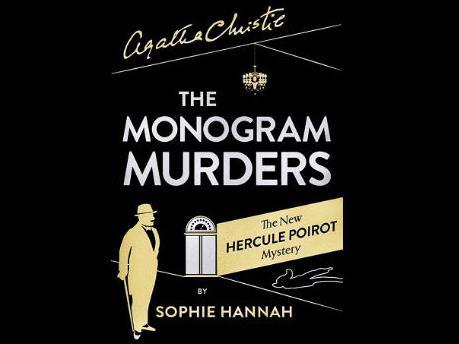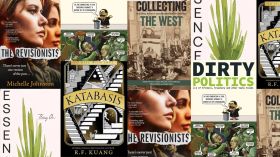If you have recently read or re-read The Murder of Roger Ackroyd or And Then There Were None, you will have been amazed at the skill with which Agatha Christie weaves the plot and places the clues. You will also have noticed, like in the other two most-read collections – the Bible and The Complete Works of Shakespeare – that, at least as far as values are concerned, they date. In Christie’s case, for example, women are much more restricted in their job opportunities than they are today. Sophie Hannah adroitly avoids this issue although the events you are regaled with in The Monogram Murders take place almost a century ago.
The story is seen through the eyes of Edward Catchpool who at age 32 is already a Scotland Yard detective of some years’ experience. His stupidity outranks that of Poirot’s old friend, Captain Hastings, and is not entirely credible in a man of his position. Though, to be fair, many of Christie’s characters are less than convincing as well.
The original Hercule Poirot, however, is a very well-drawn character and Hannah has him down to perfection, although In this incarnation Poirot seems to have learnt a little more French. Otherwise, he is his usual self, equipped to analyse the clues spread before him and able to do so, as usual, well ahead of the reader.
The pace of the book, together with its Christie-like style, makes for exciting reading. The numerous clues challenge the percipient reader and Poirot’s unwillingness to elucidate irritates the faithful Catchpool and might even irritate the reader more familiar with David Suchet’s television Poirot than with the written version. But this is still Christie’s Poirot cleverly bought to life and well worth reading by any Christie fan.
Her fans do not read Agatha Christie mysteries for their characterisation, after all, nor for an understanding of why some people commit murder. They read her books for the enjoyment and challenge of a puzzle that they would be disappointed to solve too soon and yet which they realize they could have solved by the time Poirot did, once they’ve learned the solution.
In keeping with Christie’s legacy, then, The Monogram Murders is an excellent puzzle book. Great literature – no; great fun – yes.






